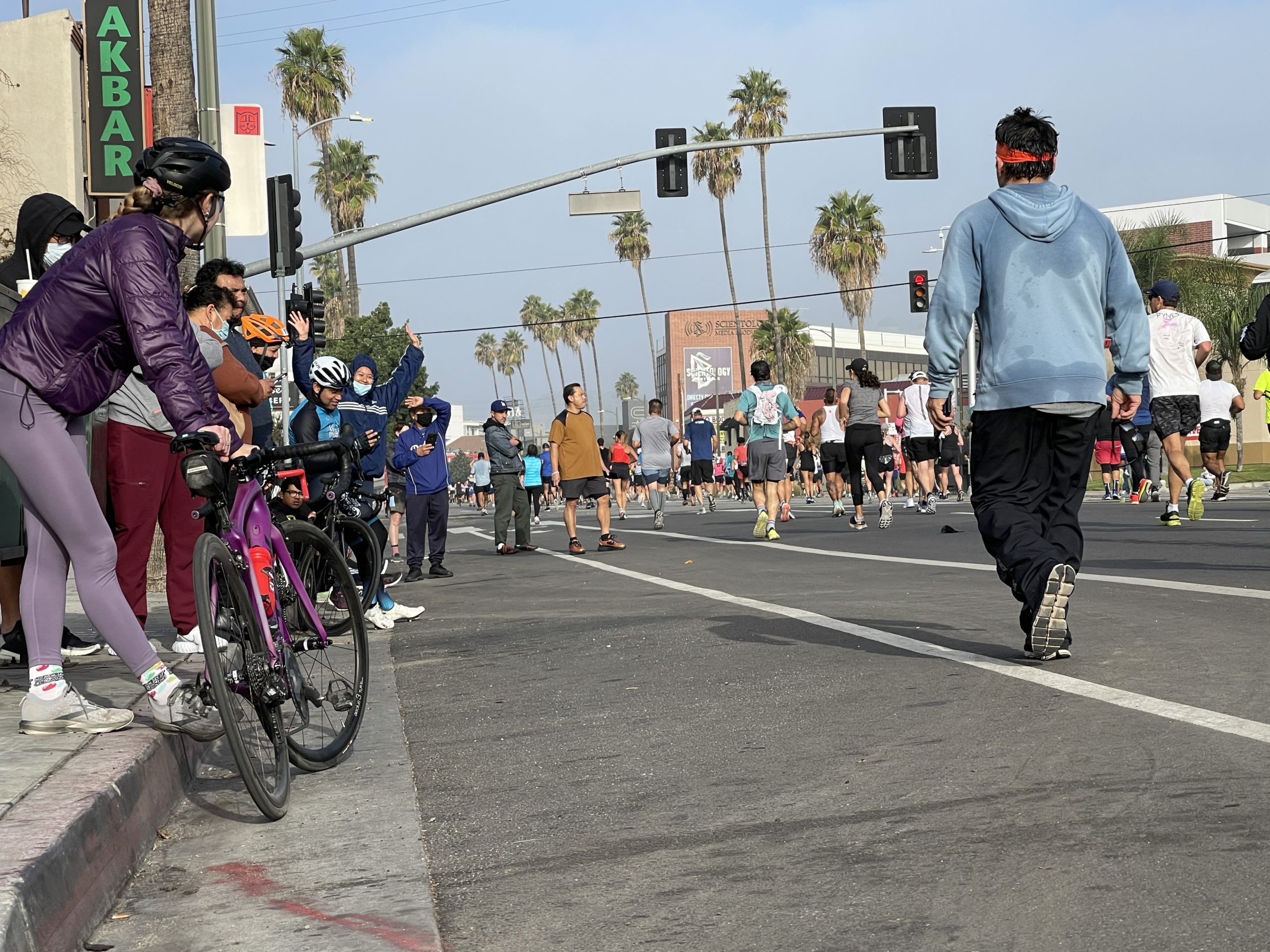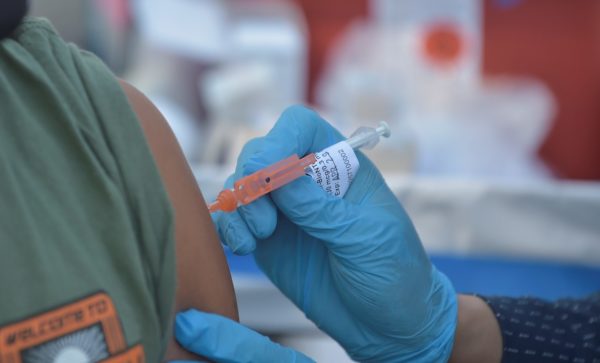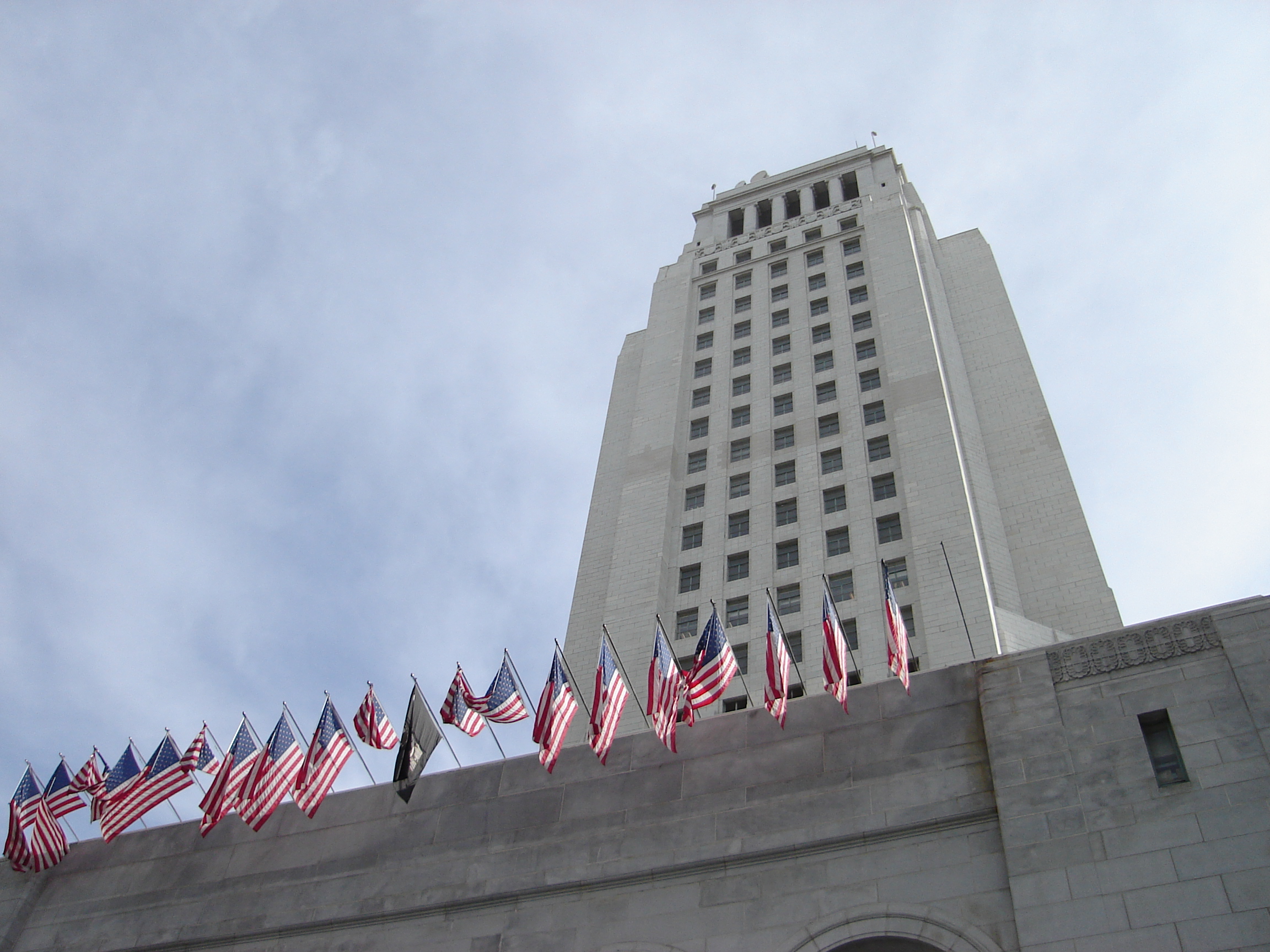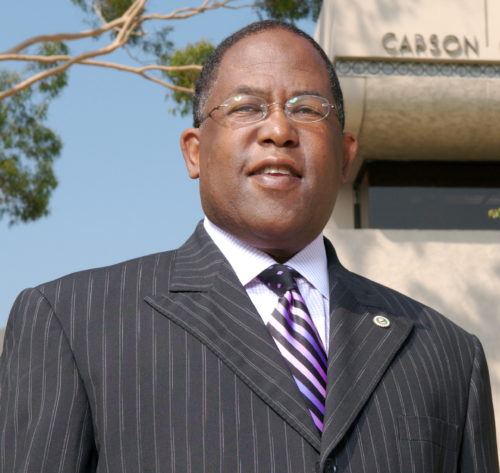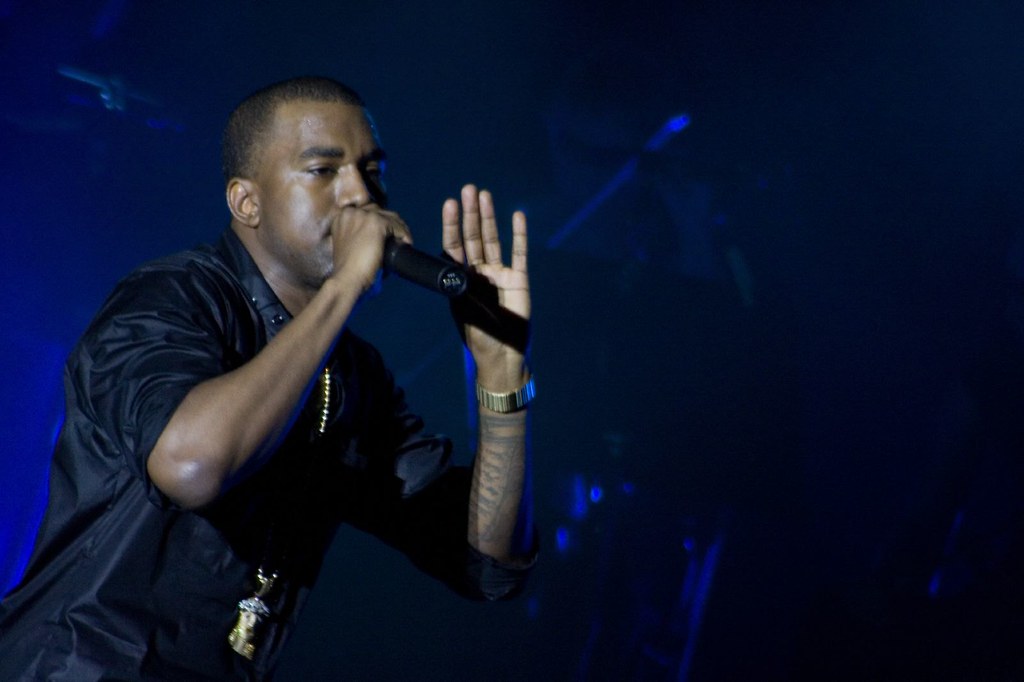Kenyan John Korir was the men’s winner of Sunday’s 36th annual Los Angeles Marathon, two years after being passed in the final 200 yards, while Natasha Cockram of Wales was the women’s winner.
Korir completed the 26-mile, 385-yard “Stadium to the Stars” course in two hours, 12 minutes, 47 seconds. Fellow Kenyan Edwin Kimutai was second in 2:18:01, while Amanuel Mesel of Eritrea was third in 2:18:17.
The 24-year-old Korir was among the four-person lead pack that also included Mesel, Kimutai and fellow Kenyan Evans Korir, all sub-2:10 marathoners. Running together and changing off the lead, the foursome reached the halfway mark at 1:08:13.
Evans Korir fell off the pace after a few more miles. John Korir threw in a fast surge during mile 18 on an uphill section along Santa Monica Boulevard and ran away from Mesel and Kimutai with a 4:39 mile. He followed that with several more sub-4:50 miles to seal the victory.
John Korir made a similar surge late in the 2019 race and thought he had secured a victory, only to have fellow Kenyan Elisha Barno outsprint him to the finish line, finishing second, 6.75 seconds behind.
John Korir is a younger brother of Wesley Korir, the 2009 and 2010 Los Angeles Marathon winner.
“Now our family is so happy today,” John Korir said. “This is three times our family winning this race. We are happy now.”
The men’s race has been won by a Kenyan every year since 1999, except for 2011, 2014 and 2020 when it was won by Ethiopians. The top American finisher Sunday was Bijan Mazaheri who finished fourth in 2:21:42. Mazaheri is a Pasadena resident who is a doctoral student in computing and mathematical sciences and volunteer assistant cross-country coach at Caltech.
A U.S. runner last won in 1994.
The 28-year-old Cockram won in 2:33:16. Kenyan Antonina Kwamba was second in 2:37:35. Russian Nina Zarina, who lives in the Los Angeles area, was third in 2:37:36.
Cockram and Kwambai ran stride-for-stride together for the first 18 miles at a moderate pace. Just as Cockram started to surge near mile 18, Kwamba began to fade, allowing Cockram to open up a huge lead.
“I wasn’t sure I was going to actually come to L.A. to race, but I am glad I did,” said Cockram, a former University of Tulsa cross-country standout who finished 17th in the London Marathon Oct. 3 in 2:32:32.
“My recovery went pretty well after London, but I wasn’t sure how my body was going to be feeling. But about halfway, I felt sure and comfortable. I kind of wish I’d gone earlier. Once I made the move, I just thought that was it. I was going to run hard to the finish.”
Cockram is the third non-African woman to win in the past 12 races, joining runners from the former Soviet Union who won twice.
The top American finisher Sunday was Kayla Grahn, a Pasadena resident who finished fourth in 2:48:26 in her debut marathon. A U.S. runner last won the women’s race in 1994.
The men’s and women’s winners each received $6,000, the runners-up $2,500 each and third-place finishers $1,500 each.
There were seven patients treated and three people were taken to a hospital with non-life-threatening injuries, according to the Los Angeles Marathon Unified Command, which consisted of fire and police department who cover Los Angeles, West Hollywood and Beverly Hills.
The other four had minor injuries and were treated at the scene.
A field estimated by organizers at more than 13,000 runners, from 50 nations, all 50 states and 127 runners who have run all 35 previous editions of the race, left from Dodger Stadium, then ran through downtown Los Angeles, Echo Park, Hollywood, West Hollywood, Beverly Hills, Century City, Westwood and Brentwood then back through Westwood to Century City.
The race was run under near-ideal conditions, with an overcast sky and temperatures in the 60s.
The “Stadium to the Stars” course was used for the first time, with Brentwood its westernmost point, with runners then doubling back on San Vicente, Sepulveda and Santa Monica boulevards, ending at Avenue of the Stars in Century City.
The race was run on the “Stadium to the Sea” course from Dodger Stadium to near the Santa Monica Pier from 2010-2020.
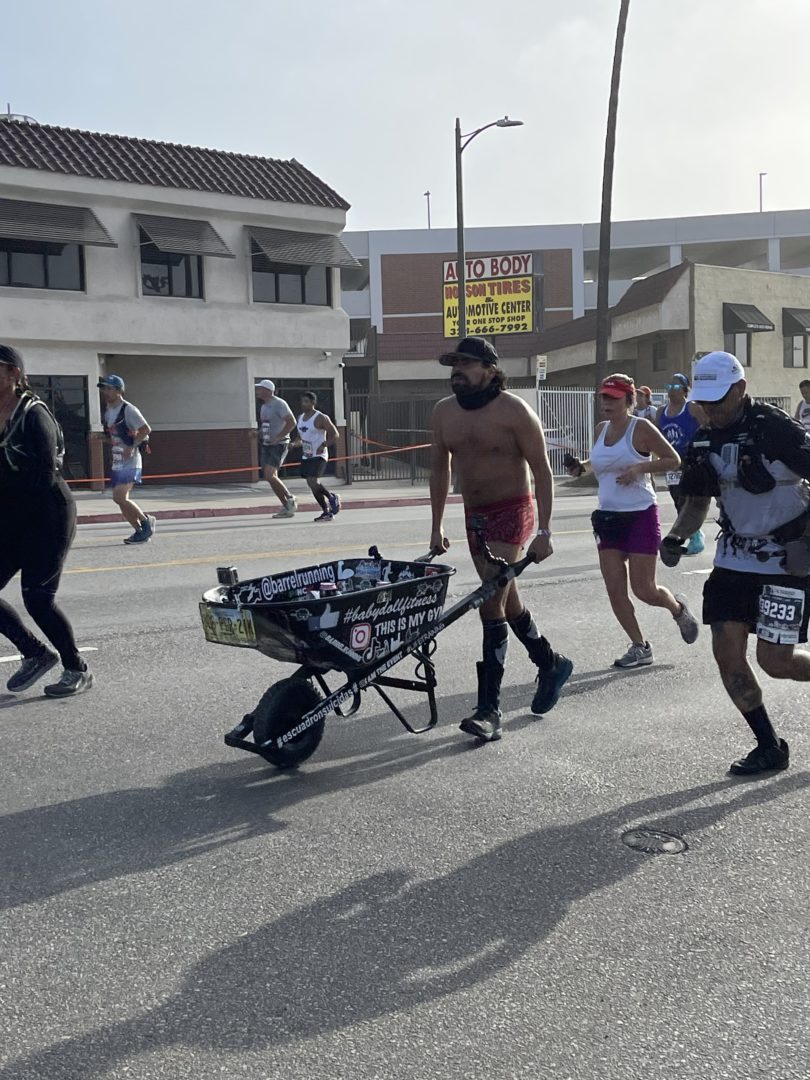
The change was made because “the dramatically increased costs quoted by the city of Santa Monica for the 2021 running of the marathon, and future events, made remaining in Santa Monica financially infeasible,” the McCourt Foundation, which conducts the race, said in July 2020 when it announced the switch.
The race was run with its smallest field since its inaugural edition in 1986 and eight months later than usual.
In 2020, the race drew a record 27,150 entrants from all 50 states and a record 78 nations, the 21st time in 22 years it topped 20,000 entrants.
“Our operations team has always been planning for a reduced field size in order to safely host the marathon and provide for adequate social distancing at the start line and on the course,” Dan Cruz, the marathon’s head of communications, told City News Service.
One factor in the drop was far fewer runners from the Students Run LA free marathon training program for at-risk middle school and high school students. There are usually several thousand runners from the program in the race.
There were 70 graduates of the program in Sunday’s race, with City Councilman Joe Buscaino, a candidate for mayor of Los Angeles, running with them.
Despite the drop, the Los Angeles Marathon again had the fourth-largest field among U.S. marathons, a distinction it held each year from 2016-19. It had the world’s largest field in 2020, when the New York, Chicago, Boston and Berlin marathons were all canceled because of the coronavirus pandemic.
The New York Marathon was also run Sunday, its traditional date. The Orange County Marathon was run as a half-marathon Sunday. It is customarily held in May.
The 1986 Los Angeles Marathon drew 10,787 entrants, a figure topped each of the next four years, growing to 19,161 in 1990. Records were also set in 1992 and 1997, with the 20,000-mark surpassed for the first time in 1999.
The McCourt Foundation announced last November that the 2021 Los Angeles Marathon would be held May 23 because of the coronavirus pandemic. It announced in March that the race would be held Nov. 7.
This was the first time that the race was run in the fall. It has been held in March since its inaugural edition in 1986, except for 2009 and 2016.
The race was shifted to May 25 in 2009, Memorial Day, after its rights were bought in 2008 by a group controlled by McCourt. The City Council stipulated that the race be shifted to a Monday holiday to limit the impact on Sunday morning church services.
The Memorial Day date drew criticism from runners because of the likelihood of warmer weather. And then-City Councilwoman Janice Hahn called holding the race on Memorial Day “really kind of an insult and disrespect to our veterans and those who have served this country.”
The marathon returned to March the following year.
The race was run on Feb. 14 in 2016 so it could coincide with the U.S. Olympic Team Marathon Trials held a day earlier.
The 2022 race is scheduled for March 20.
Proof of full vaccination against COVID-19 or a proof of a negative COVID-19 test was required prior to entry for all participants, staff, volunteers, media and spectators entering the secured start line area at Dodger Stadium.
Face coverings were required while inside the Dodger Stadium start line secured area, except when actively eating or drinking. Runners were allowed to remove their face coverings after crossing the start line.
Organizers recommended spectators along the course wear face coverings along with everyone attending the finish line festival.

